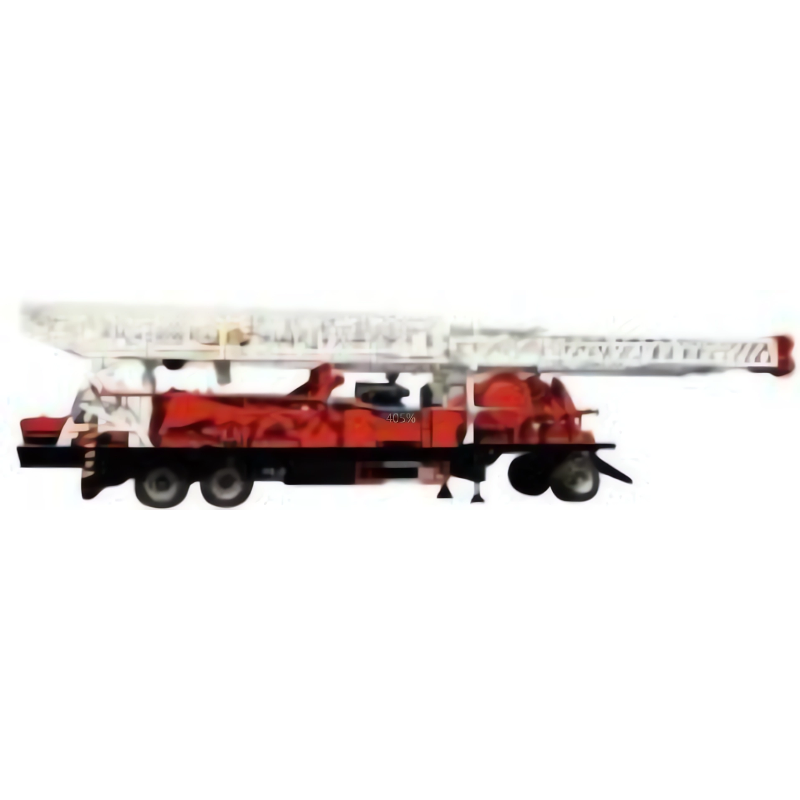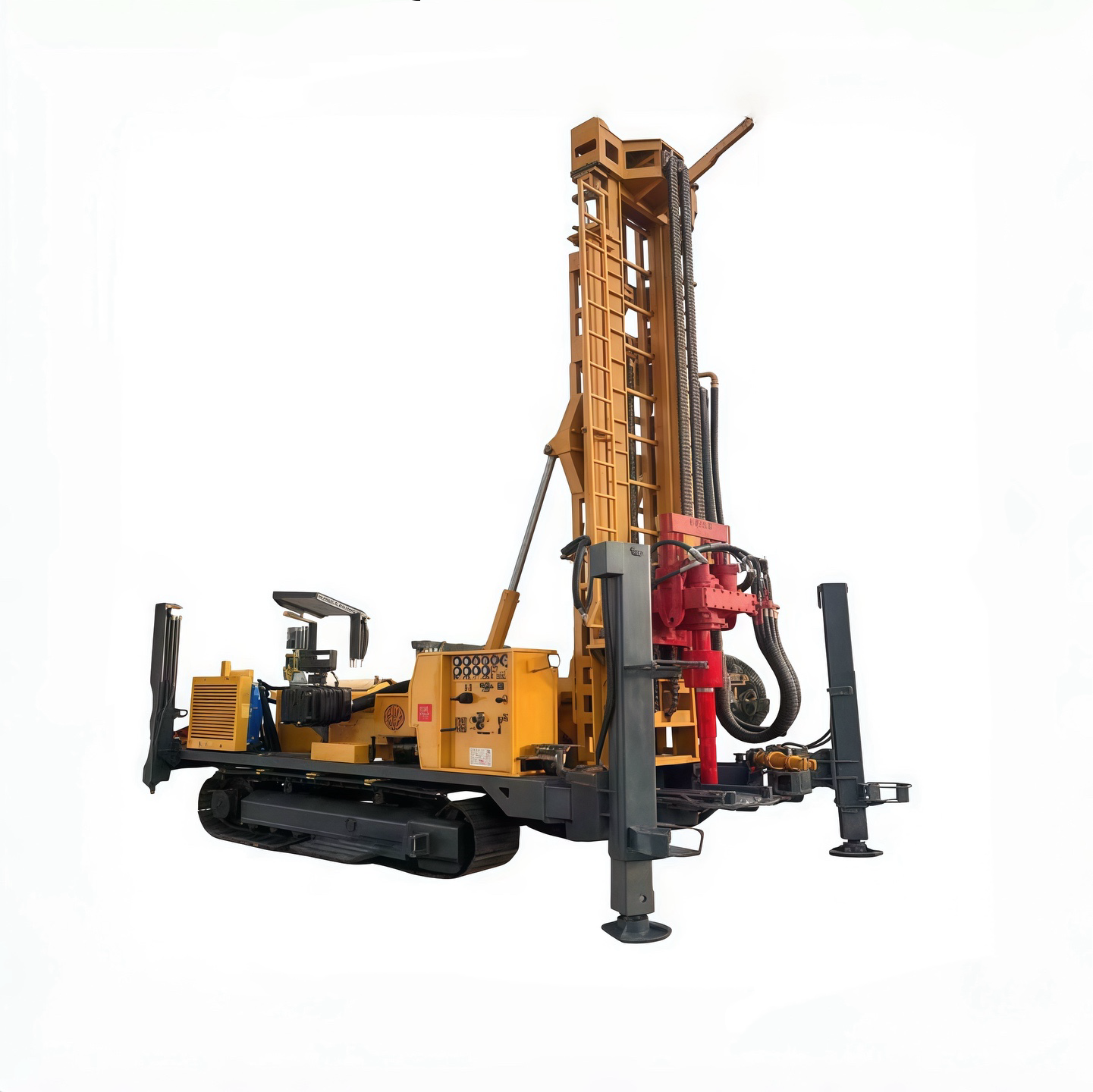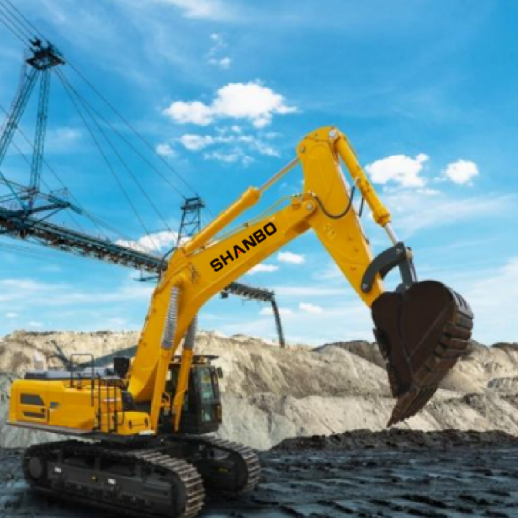How to Use Construction Machinery for Maximum Efficiency
Selecting the Right Equipment for Task-Specific Efficiency
When it comes to earthmoving tasks, choosing between a bulldozer and an excavator can significantly influence efficiency and project outcomes. Both machines offer distinct operational strengths tailored for specific roles.
Bulldozer vs. Excavator: Matching Machinery to Earthmoving Needs
Bulldozers and excavators do pretty different jobs on construction sites, though they both get things done in their own way. Think of a bulldozer as that heavy hitter that pushes around massive amounts of dirt and rock because it has this big metal blade upfront. The machine itself is built tough enough to handle whatever comes its way. These machines are great when contractors need to clear out old buildings or flatten hills into something workable. Now excavators tell another story altogether. They're basically digging specialists with those long arms attached to buckets that can scoop up all sorts of stuff from soft soil right through to hard packed earth. When engineers need deep trenches dug for pipes or want to create underground spaces like basements, nothing beats what an excavator can accomplish given how far it reaches and adapts to different conditions.
Looking at what's selling in the market tells us a lot about what people actually need from their machinery. Excavators tend to fly off the shelves when there's work involving detailed digging operations, whereas bulldozers remain popular choice whenever large areas need clearing or leveling out. Industry reports suggest that worldwide sales of these heavy machines should keep climbing over time, which makes sense given how construction and mining sectors continue expanding globally. Choosing between different types of equipment really matters though. Getting it right means jobs get done faster without wasting money on rentals or repairs down the line. Contractors who match their gear to actual job demands typically see better results both in terms of productivity and bottom line savings.
Mini Excavators for Precision Work in Tight Spaces
Mini excavators are becoming increasingly popular for city construction work because they're so small yet still get the job done efficiently. They fit into really tight spots that bigger machines just can't handle, which makes them great for things like garden work or laying down pipes where getting precise matters a lot. The fact that these little guys take up so little space means they can move around buildings and other structures without knocking anything over or damaging what's already there. This gives contractors a real edge when working in crowded urban areas where space is at a premium.
Industry research shows mini excavators really boost productivity on tight job sites. What makes them stand out? They can get into places other equipment simply cannot reach, plus they run much quieter than their bigger counterparts. This matters a lot in cities where noise complaints and space limitations are constant headaches for contractors. Mini excavators pack serious power despite their small size, letting workers tackle jobs without waiting days for access issues to resolve themselves. The fact that these machines are becoming so popular isn't just some passing fad either. Contractors across the country report seeing this shift as they adapt to tighter regulations and changing expectations from city officials who want construction done right without disrupting daily life.
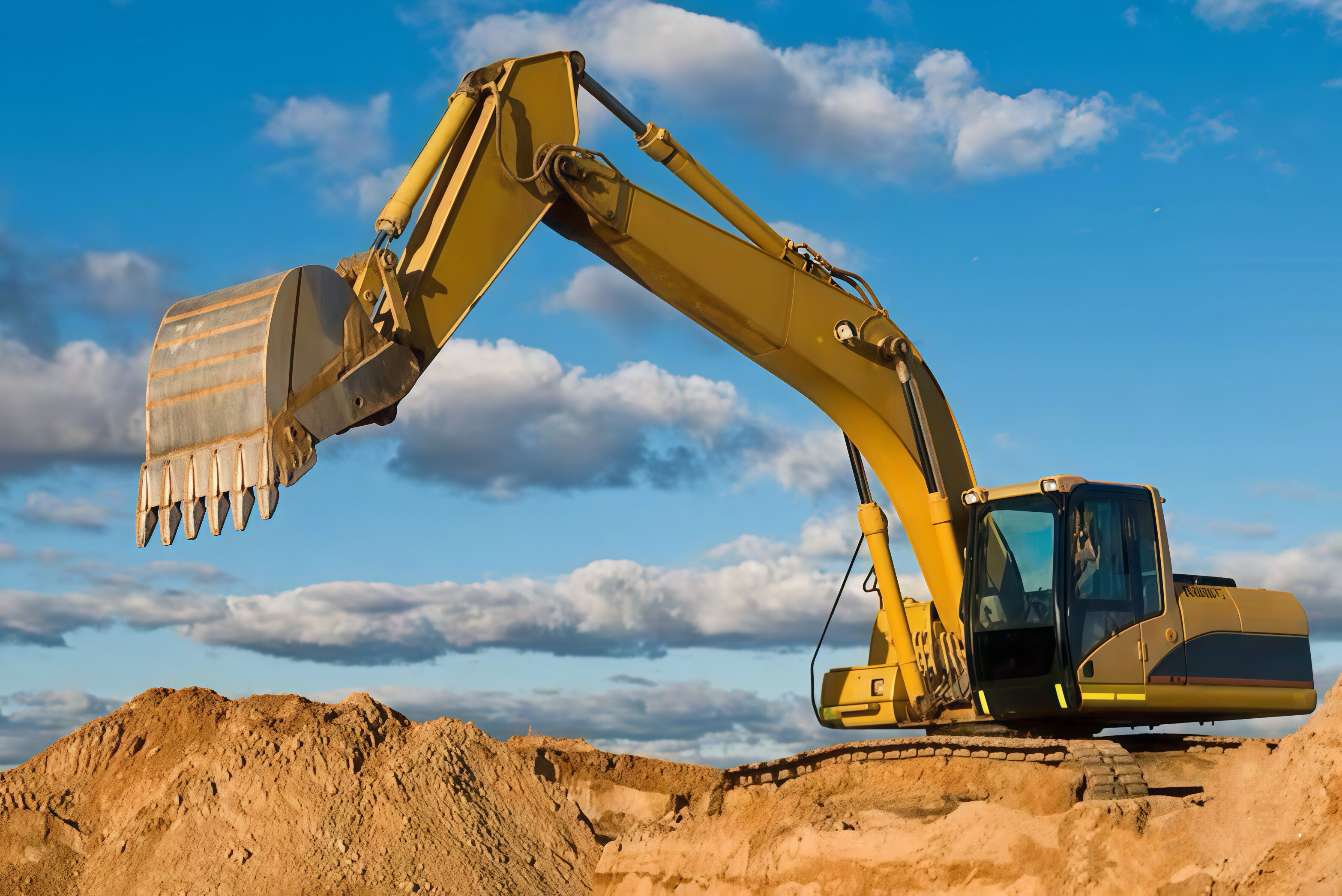
Optimizing Wheel Loader Configurations for Material Handling
In construction sites everywhere, wheel loaders play a key role when it comes to moving all sorts of materials around. Getting the setup right makes a big difference in how fast work gets done. When operators adjust things like bucket size depending on what they're actually moving stone versus dirt for example productivity goes up noticeably. Bigger buckets mean fewer trips back and forth across the site which saves time overall. And those adjustable lifts? They really help out when dealing with different sized piles of stuff. Just raise or lower as needed so everything loads smoothly without wasting precious minutes trying to fit awkward shapes into fixed spaces.
Looking at real world examples across the industry shows pretty big gains in how materials get moved around when wheel loaders are set up properly. When operators tweak their machines just right, they see shorter time between tasks, better seating for those long shifts, and overall safer working conditions. Getting these settings right makes things run smoother day to day while cutting down on gas money and keeping repair bills lower too. With construction sites getting bigger and more complicated all the time, figuring out exactly what each job needs from its wheel loaders isn't just helpful anymore it's practically essential if companies want to keep their operations running without breaking the bank on maintenance costs.
By prioritizing equipment selection and configuration, construction teams can achieve superior task-specific efficiency, thereby elevating project outcomes and profitability.
Hydraulic Hammers and Grapples for Excavator Versatility
Hydraulic hammers and grapples really change what excavators can do, adding all sorts of new capabilities to these machines. When it comes to breaking stuff down, hydraulic hammers are absolutely essential for demolition work and smashing through hard materials. The power behind these attachments means excavators can handle tough jobs like crushing concrete walls or breaking apart rocky ground without much trouble at all. Grapples serve a different purpose but just as important. These attachments help with picking up and moving materials around construction sites. Workers find them especially useful when dealing with piles of debris or sorting through mixed materials after a demolition. Getting these attachments fitted onto excavators makes a big difference in how fast projects get done and helps control costs too. Contractors who invest in this equipment often gain a real advantage over competitors who don't have access to such versatile tools.
Auger Systems for Borehole and Water Well Drilling
Auger systems are really important for borehole drilling work, particularly when it comes to setting up water wells. Shanbo makes some top notch construction equipment and offers various models of high performance borehole drills designed for different kinds of soil and project needs. These machines help get the job done right and accurately. With several types of augers available on the market today, contractors can pick what works best for their particular site conditions. This selection process helps improve how well the drilling goes while cutting down on problems during operations. Field reports from actual jobs show that these auger setups perform reliably even under tough circumstances. When construction firms spend money on good quality auger systems, they tend to see better results overall, especially when tackling complicated drilling projects where things don't always go as planned.
Specialized Buckets for Loader Equipment Efficiency
Getting the right kind of bucket makes all the difference when it comes to getting the most out of loader equipment. Different buckets exist for different jobs, such as clamshell buckets for digging or rock buckets for moving heavy materials, each one helping loaders work better at what they need to do. When operators pick the correct bucket for their particular task, this cuts down on how long cycles take and gets more done overall. Using the proper bucket for whatever material needs to be moved saves money in the long run while also improving how well things get done around the job site. Contractors who switch to these specialized buckets often see real improvements in both bottom line numbers and project completion rates, which is why many construction companies now consider them essential parts of their equipment fleet.
Telematics and Smart Technology Integration
Volvo Connected Load Out: Digitalizing Load Management
Volvo's Connected Load Out system is changing how people manage loads around construction sites by making everything digital from start to finish. What makes it work so well? The system connects wheel loaders directly with site offices and trucks, cutting down on all those paper forms and manual checks that waste time during normal operations. When operators use the Load Assist and Dig Assist features for onboard weighing, they get instant feedback while working, which cuts down mistakes made by tired workers at the end of long shifts. Companies report better results after switching to this digital approach because there's less paperwork to deal with and fewer misunderstandings between different teams. Productivity goes up across the board, plus sites tend to produce less carbon dioxide since machines aren't idling unnecessarily waiting for information to catch up.
People who've added telematics to their daily work routines often talk about getting much better results when it comes to how productive they are. For instance, truck waiting times drop significantly while the loaders get used more efficiently across different sites. Site managers find themselves able to organize things much better because they can match up what's coming in with what equipment is actually available right now, which cuts down on those frustrating periods where nothing gets done. When workers check the cloud app for live updates, they spot problems before they become big issues and adjust accordingly. What happens next? The whole loading process becomes smoother than before, and companies end up saving money on fuel costs since vehicles aren't idling around as much anymore.
Real-Time Fuel Monitoring with On-Board Weighing Systems
On board weighing systems are really important for keeping track of fuel consumption in real time across heavy construction equipment like excavators and bulldozers. The data these systems collect lets operators watch how much fuel their machines actually burn and tweak operations when necessary, which saves money on fuel costs over time. When construction firms install these systems on their fleet, they basically stop wasting fuel because the machines only consume what's absolutely needed for each job. This kind of real time tracking means problems with abnormal fuel consumption get spotted right away instead of going unnoticed until the end of the month. Plus, it helps reduce carbon emissions while cutting down operational expenses at the same time.
Studies indicate that companies using certain tech solutions see better fuel economy than before. Take on board weighing systems for instance, businesses implementing them often notice around 15% less fuel burned over time. When companies spend less on gas, it actually affects their bottom line quite a bit, particularly for those running big truck operations where fuel is basically the biggest ongoing expense after maintenance. Getting smarter about how fuel gets used cuts costs sure enough, but there's another benefit too: fewer greenhouse gases released into the atmosphere. That helps meet environmental goals many corporations set for themselves these days.
Predictive Maintenance Alerts via Machine Health Reports
Predictive maintenance is changing how factories handle their equipment, making it much easier to keep machines running longer while cutting down on those frustrating stoppages. When operators look at machine health reports, they actually get useful information that helps them jump in before small problems turn into big headaches. These reports pull from telematics data to show what's going on with the machinery, highlighting things like warning signals and strange behaviors so maintenance teams know where to focus first. Getting ahead of possible breakdowns saves money in repair bills and keeps production lines moving instead of grinding to a halt unexpectedly. Many manufacturers have seen real benefits from this approach, especially when trying to balance budgets against operational needs.
Businesses that adopt predictive maintenance techniques often see their repair bills drop significantly while their machines last longer too. Some manufacturers report cutting maintenance expenses by around 25% when they start using these data focused methods. The real benefit comes from avoiding those sudden breakdowns that shut down production lines completely. When equipment fails unexpectedly, it's not just about fixing what broke but also losing precious time and money during repairs. That's why so many forward thinking companies now invest in predictive systems. These tools help keep operations running smoothly most of the time, which means fewer interruptions and less stress over unplanned stoppages that can really hurt bottom line profits.
Fuel Efficiency Optimization Strategies
Reducing Idle Times in Water Well Drilling Rigs
Cutting down on idle time for water well drilling equipment makes a big difference when it comes to saving fuel. There are several ways drillers can tackle this problem. Some install automatic stop start features that shut off engines when not needed. Others rely on telematics systems that track what each machine is doing in real time. Operator training matters too many crews waste fuel simply because they don't know better habits. When machines sit idling, they burn through precious fuel without getting any work done. A modest reduction here adds up fast. One drilling firm reported saving over $5,000 a year after their team cut idle time by just an hour daily across all their rigs. These kinds of savings matter especially during tight budget periods.
Air Filter Maintenance with Filter Blaster Technology
Keeping air filters clean makes a big difference in how well engines run and how much fuel they burn. When filters are free from dirt, the engine gets better airflow, which means it burns fuel more completely and wastes less energy. The Filter Blaster system changes the game for air filter care. Instead of just blowing out dust, this tech actually cleans deep into the filter media using spinning motion combined with directed airflow. Mechanics report that after switching to Filter Blaster, many fleet owners see real money savings over time. Some trucking companies have told us their maintenance budgets dropped by around $10k annually per vehicle when they started regularly cleaning instead of replacing filters. Cleaner filters mean engines work harder for longer periods between major repairs, cutting down on downtime and spare parts expenses across the board.
Tire Pressure Management for Wheel Loaders and Haulers
Getting tire pressure right makes all the difference when it comes to saving fuel and keeping wheel loaders and haulers running safely. When tires are too low, they create extra drag against the ground, forcing engines to burn through more fuel than necessary. There are several ways operators tackle this problem nowadays. Most common is checking pressures regularly with those TPMS devices, plus some folks swear by filling tires with nitrogen instead of regular air since it stays stable longer. Research indicates that just keeping tires at their best pressure levels can boost fuel economy around 3 percent, which adds up fast across an entire fleet of heavy equipment. Operators who stick to proper maintenance routines typically see better mileage numbers and longer lasting tires, something that matters a lot for companies trying to cut costs without sacrificing performance over time.
Proactive Maintenance for Peak Performance
Daily Inspection Protocols for Bulldozer Longevity
Daily checks really matter when it comes to keeping bulldozers running longer and staying safe during operation. Anyone looking at buying or selling a bulldozer should know that regular maintenance makes all the difference in getting good value out of these machines. Having a solid inspection plan lets operators catch small problems before they turn into big headaches down the road. The main parts worth checking? Definitely look at the blade condition, check how the tracks are holding up, test the hydraulics, and give the engine a thorough once over since these areas直接影响 how well the machine works and keeps workers safe. Following standard maintenance guidelines isn't just about ticking boxes either. Regular inspections actually stop surprise breakdowns from happening and help equipment last much longer than it otherwise would, saving money in the long run for anyone who owns heavy machinery.
Lubrication Best Practices for Excavator Hydraulics
Getting the lubrication right for excavator hydraulics makes all the difference when it comes to reducing wear and tear on these machines, which naturally extends their useful life. Good lubrication isn't just about slapping on oil wherever it looks dry. Operators need to pick the correct lubricant type for their equipment, figure out how best to apply it given the working conditions, and decide how often maintenance should happen based on actual usage patterns rather than generic guidelines. When done regularly, this maintenance keeps hydraulic systems running smoothly, which means better overall performance from the machines and fewer unexpected breakdowns of critical components. Industry studies indicate that sticking to proper lubrication schedules can cut down wear by as much as 30% in some cases. For construction sites and mining operations where every hour counts, this translates into real savings both in terms of repair bills and lost productivity during equipment downtime.
Component Wear Analysis in Drilling Machines
Component wear analysis plays a vital role in figuring out when maintenance is needed before breakdowns happen in those big borehole drilling rigs. The actual process means keeping an eye on parts condition through things like vibration sensors, oil analysis, and regular visual checks. When operators spot wear patterns early on, they can plan maintenance work ahead of time rather than scrambling during production. This approach saves money in the long run since unplanned downtime costs drilling companies thousands each day lost. Look at what happened at several major oil fields last year where early detection saved entire projects from delays. These real world cases show just how much difference proper wear tracking makes for equipment longevity and overall operation efficiency across the industry.
Shanbo specializes in high-performance and durable equipment to meet the needs of the global construction industry. We provide a wide range of bulldozers, wheel loaders, and excavators for sale, which are widely used in earthmoving and construction projects.
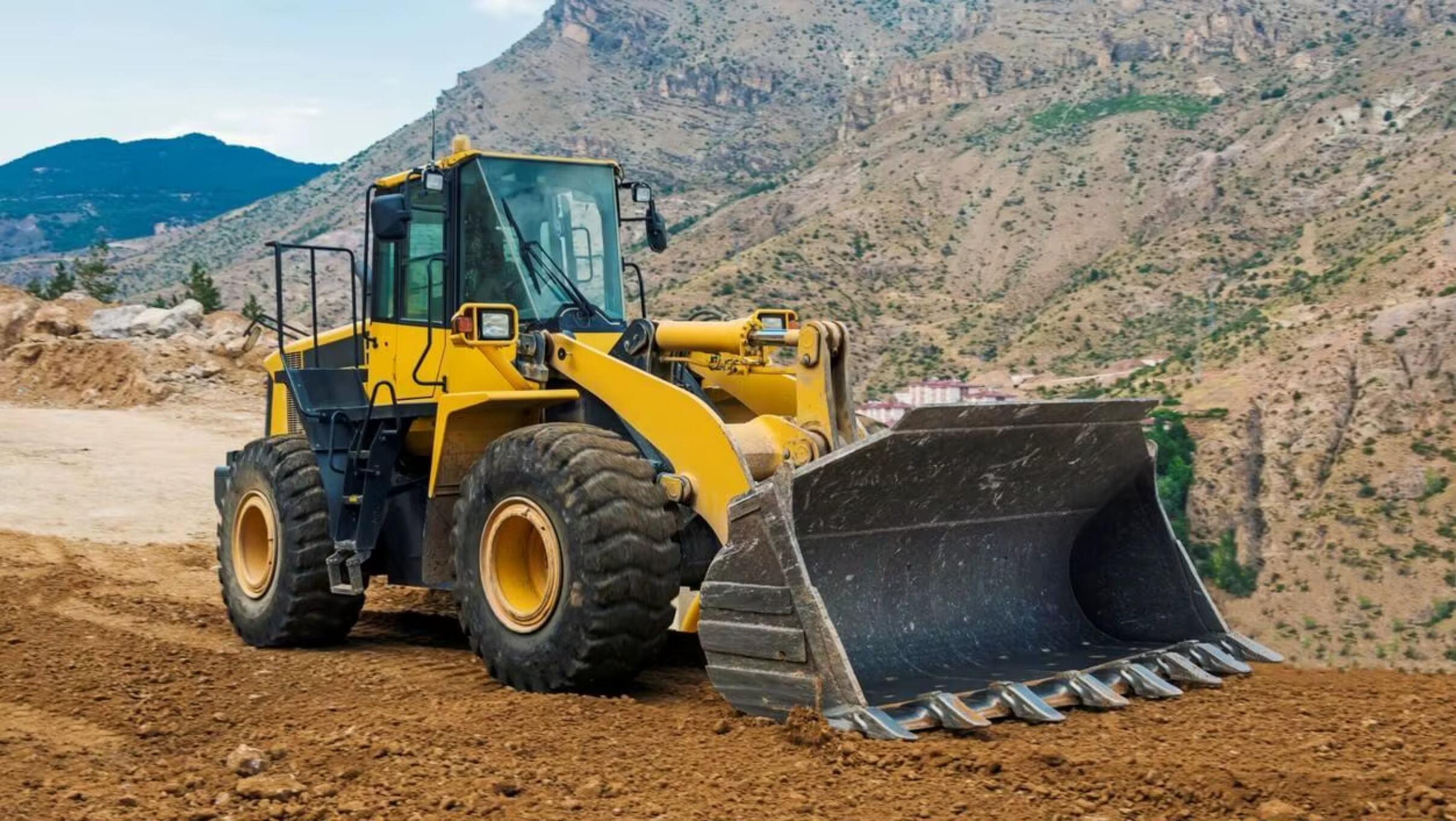
Operator Training for Maximum Output
Simulator-Based Training for Complex Machinery
Training simulators have changed the game for people learning to operate heavy equipment like bulldozers and excavators. These virtual training setups let workers get hands on experience without worrying about breaking anything expensive or putting themselves at risk. With better simulation tech coming along all the time, trainees pick up skills faster than traditional methods allowed. Most folks who go through simulator training notice they feel much more comfortable once they actually get behind the controls of real machines. The confidence boost is huge, plus they tend to make fewer mistakes during their first few weeks on site. Construction companies are starting to see real benefits from this approach, especially when it comes to keeping new hires safe until they become fully competent operators.
Fuel-Efficient Operation Certification Programs
Certification programs focused on fuel efficiency are becoming increasingly important for making heavy machinery operations more sustainable. What do these programs actually cover? They teach operators about various techniques that save fuel while getting the job done right. Operators learn how to manage fuel consumption better and apply practical methods to keep machines running at their peak performance levels. Studies from several construction sites show that certified operators typically cut down fuel usage by around 15% compared to those without training. With environmental concerns growing across the industry, such programs help workers understand why saving fuel matters beyond just cost savings. Companies investing in these certifications often see improvements in both bottom line profits and their overall green credentials over time.
Telematics-Driven Performance Monitoring
Telematics tech has really changed how we track performance, giving us all sorts of useful info to improve both training and how equipment gets used day to day. When operators plug into these systems, they get instant updates on things like how healthy machines are running, when certain equipment sees heavy use, and exactly how much fuel is burning through during operations. Looking at this kind of data lets managers spot problems early and figure out better ways to run machinery while also teaching operators what they need to know. Businesses that actually put telematics systems into place tend to see their workers become more efficient pretty quickly, plus downtime drops off quite a bit. Some actual field tests show that when companies weave telematics into their training sessions, operators start performing better across the board. The bottom line? Using real data instead of guesswork makes all the difference in managing equipment today.
Conclusion
This piece takes a look at different approaches for getting more out of construction equipment. Some important points stand out when it comes to making machines work better. For starters, bringing in new tech like simulators for training crews and using telematics to track how well machines perform makes a real difference on job sites. The benefits go beyond just running things smoother they actually make jobs safer and help workers pick up new skills faster. Another big plus comes from setting up certification programs focused on saving fuel. These initiatives do double duty helping companies save money while reducing their environmental impact. When operators understand how their habits affect fuel usage, everyone wins in the long run.
Going all in on a holistic strategy really pays off when it comes to getting the most out of operations. What works best is combining good tech solutions with proper training for workers plus keeping up with routine maintenance checks. When construction firms get this right, they see better utilization of their machines while cutting down both what they spend day to day and their carbon footprint too. Companies that stick with these methods don't just perform better overall though. Their equipment lasts longer as well, something that matters a lot in an industry where everyone's fighting to stay ahead of the curve and maintain profitability through tough market conditions.
Recommended Products
 Hot News
Hot News
-
“Water Savior” 200 m Reverse Circulation Water Well Drills Arrive in Uzbekistan
2025-03-28
-
Bulldozer Transport Guide: Best Practices, Safety Tips, and Cost Factors
2025-12-15
-
A Complete Guide to Construction Equipment Shipping: Methods, Costs, and Tips
2025-12-12
-
How Bulldozer Work Gets Done: Key Tasks, Techniques, and Applications
2025-12-11
-
Exploring the Capabilities of the Biggest Excavator in the World
2025-12-10
-
Essential Bulldozer Equipment: Components, Attachments, and Uses
2025-12-09



